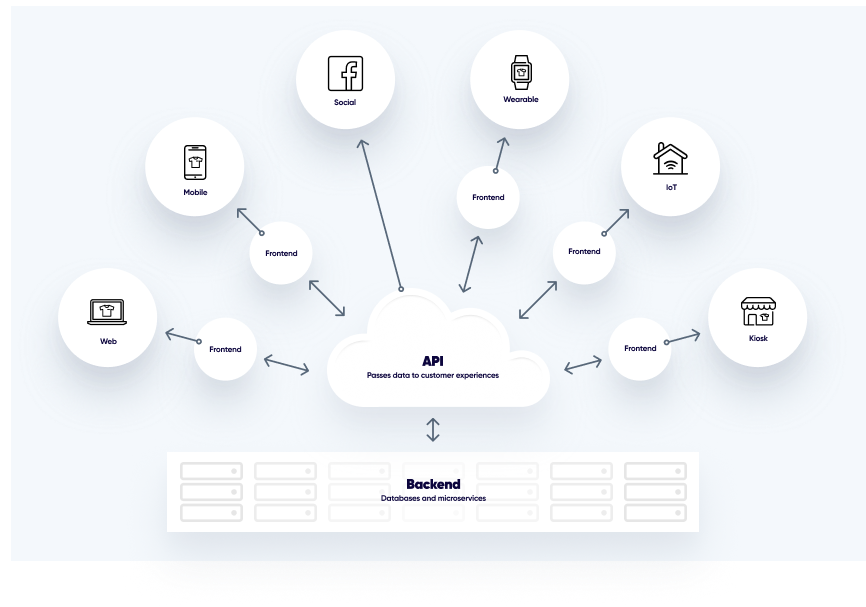How Do You Get Started with Omnichannel Commerce?

Omnichannel commerce is a sales approach that focuses on providing a unified experience to customers across all channels. According to the Harvard Business Review, 20% of customers only shop in stores, 7% only shop online, and the remaining 73% use a mix of multiple channels.
Omnichannel commerce looks to connect the entire customer experience, whether it’s shopping on a mobile device or in-person at a brick and mortar store. To do this, retailers must seamlessly integrate their e-commerce technology across all channels.
[toc-embed headline=”Integrating channels for omnichannel commerce”]
Integrating channels for omnichannel commerce
Integration is critical to omnichannel commerce as retailers must establish a free flow of real-time information between all components in their ecosystem including websites, physical stores, marketplaces, warehouses, and 3PLs.
This requires a flexible commerce solution that is directly compatible with major third-party service providers and allows you to use your own custom applications. The best way to ensure seamless integration between all components of your e-commerce solution is by following a MACH architecture.
MACH stands for Microservices, API, Cloud, Headless. By using microservices you are able to select the best application for each specific function. APIs ensure that all parts of your e-commerce ecosystem are connected and able to communicate in real-time. Headless commerce allows you to easily adjust the customer-facing frontend to optimize the customer experience at each different touchpoint.

[toc-embed headline=”An example of omnichannel commerce”]
An example of omnichannel commerce
Retailers need consistent product messaging to ensure a unified customer experience across all channels. This means having a central hub of product data that serves as a single source of truth to use for all product information.
Using a tool like fabric Product Information Manager ensures your product information is consistent and up to date. It allows you to share product data to online and offline channels like e-commerce marketplaces and brick-and-mortar stores, and you can enrich your product details for trending customer preferences.
By making use of PIM and other commerce-related microservices, you can start structuring your business for omnichannel selling.
Tech advocate and writer @ fabric.